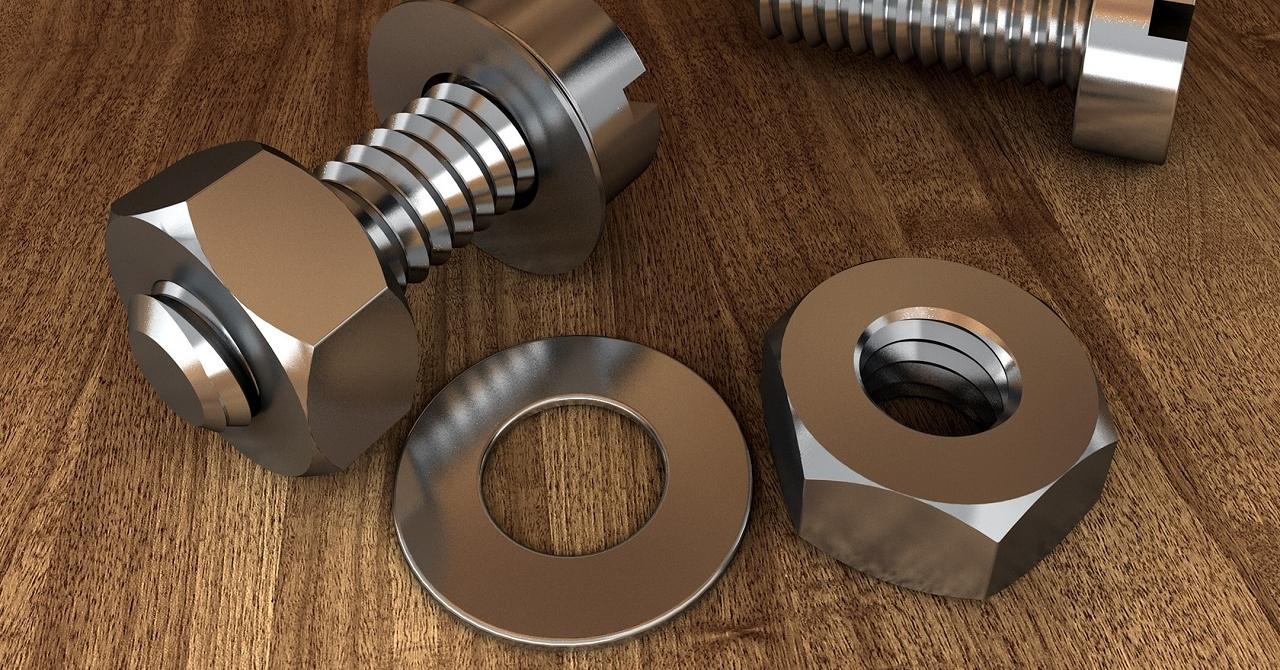Are you curious to know what is a self tapping screw? You have come to the right place as I am going to tell you everything about a self tapping screw in a very simple explanation. Without further discussion let’s begin to know what is a self tapping screw?
In the world of fasteners, self-tapping screws stand out as versatile and efficient tools designed for specific applications. This detailed guide aims to unravel the mysteries surrounding self-tapping screws, exploring their characteristics, uses, and how they differ from traditional screws.
What Is A Self Tapping Screw?
A self-tapping screw is a type of fastener characterized by its unique ability to create its own threaded hole as it is driven into a material. Unlike traditional screws, which require a pre-existing hole, self-tapping screws streamline the fastening process by eliminating the need for tapping or pre-drilling.
What Is A Self-Tapping Screw Used For?
Self-tapping screws find applications in various industries and DIY projects. They are particularly useful in situations where efficiency and speed are crucial. Common applications include:
- Metal Fabrication: Self-tapping screws are ideal for fastening metal sheets, creating a secure and durable connection without the need for pilot holes.
- Woodworking: In woodworking, these screws are employed to join wooden components without the hassle of pre-drilling, saving time and effort.
- Plastic Assembly: When working with plastics, self-tapping screws offer a reliable solution for creating strong joints without the risk of material damage.
Self-Tapping Screw Vs. Normal Screw: Deciphering The Differences
The primary distinction lies in the threading. While traditional screws require a pre-made hole to grip onto, self-tapping screws feature a pointed end with a distinct thread design that enables them to cut into the material, creating their own path.
What Is A Self-Tapping Screw Used For In Steel?
Self-tapping screws designed for steel applications are hardened to withstand the toughness of the material. They feature aggressive threads and a sharp point to penetrate and secure connections in steel without the need for pre-drilling.
What Is A Self-Tapping Screw For Wood?
In woodworking, self-tapping screws for wood are tailored to navigate through the material’s fibers effortlessly. Their threads are designed to cut into the wood, providing a strong and secure grip without causing unnecessary damage.
For more information like this visit Weji.
Self-tapping screws come in various sizes, each suitable for specific applications. The size is typically denoted by a numerical value, representing the screw’s diameter, followed by the length measurement. Understanding the appropriate size is crucial for ensuring a snug and secure fit.
How Do Self-Tapping Screws Work? The Mechanics Unveiled
The functionality of self-tapping screws lies in their pointed end and unique thread design. As the screw is driven into the material, the point creates a hole, while the threads cut and grip into the material, creating a secure connection.
Self-Tapping Screw Vs. Self-Drilling Screw: Unraveling The Confusion
While these terms are sometimes used interchangeably, they refer to different types of screws. Self-tapping screws create their own threads, while self-drilling screws have a drill-like point that can penetrate materials without the need for pre-drilling.
Conclusion:
In conclusion, understanding what a self-tapping screw is and how it works can significantly enhance your efficiency in various projects. Whether you’re working with metal, wood, or plastic, incorporating self-tapping screws into your toolkit allows for faster, more streamlined fastening without compromising on strength and reliability. As you embark on your next project, consider the advantages of self-tapping screws and witness the transformative impact they can have on your fastening endeavors.
FAQ
What Is The Purpose Of A Self-Tapping Screw?
Self tapping screws are mostly used when the medium into which it will be screws is something like metal. Although, self tapping screws are also used to drill wooden and plastic materials. They tend to have a sharp point, and the threads are also sharp to act like knives cutting into any kind of medium.
What Is The Difference Between A Self-Tapping Screw And A Normal Screw?
Self-tapping and traditional screws have a similar design consisting of a head, shank and tip. Only the former, however, are designed to produce their own hole. Traditional screws typically require the use of a pilot hole, which is how they are distinguished from self-tapping screws.
What Is The Disadvantage Of Self-Tapping Screws?
Self-tapping and self-drilling screws are two modalities available for plate fixation. When compared to self-drilling, self-tapping screws have a few drawbacks like screw loosening, thermal osteolysis, equipment dependent, and time-consuming.
What Is A Tap Screw?
noun. : a hardened screw that cuts threads in the pieces it secures and that is used in materials which would otherwise require a separate tapping operation or the use of a nut.
I Have Covered All The Following Queries And Topics In The Above Article
What Is A Self-Tapping Screw
What Is A Self Tapping Screw Used For
What Is A Self Tapping Wood Screw
What Is A Self Tapping Metal Screw
What Is A Self Tapping Screw Used For
Self-Tapping Screw Vs Normal Screw
What Is A Self Tapping Screw For Steel
What Is A Self Tapping Screw For Metal
Self-Tapping Screw Vs Self-Drilling Screw
Self-Tapping Screw For Wood
Self Tapping Screw Sizes
How Do Self-Tapping Screws Work
What Is A Self Tapping Screw
